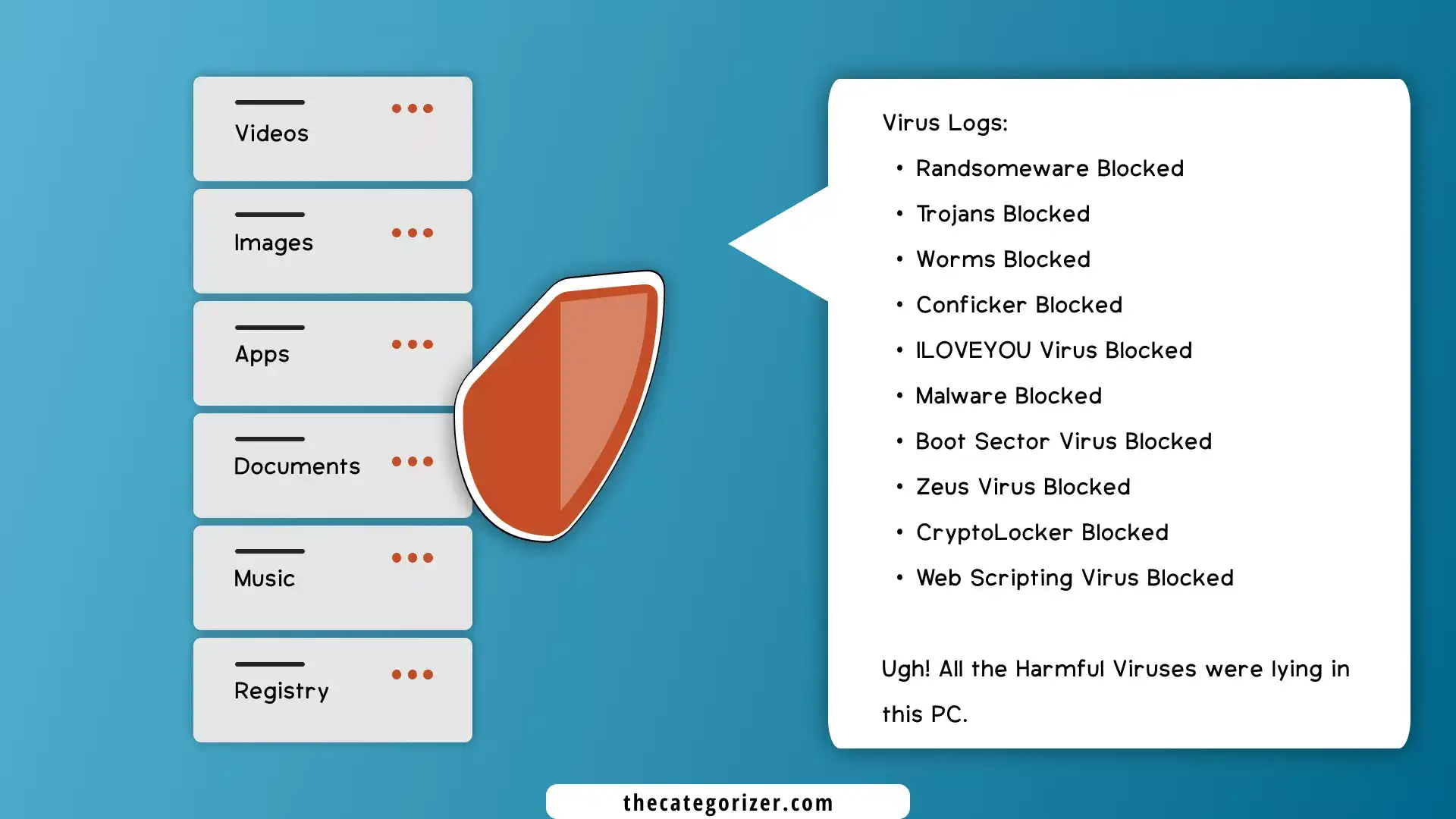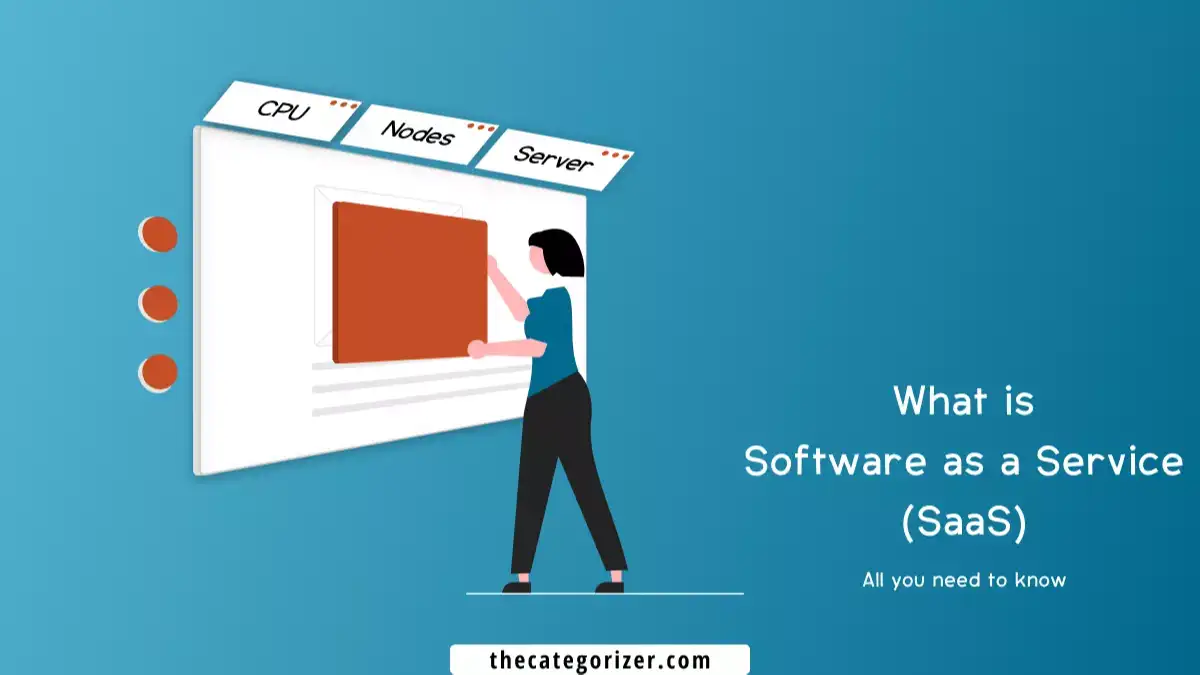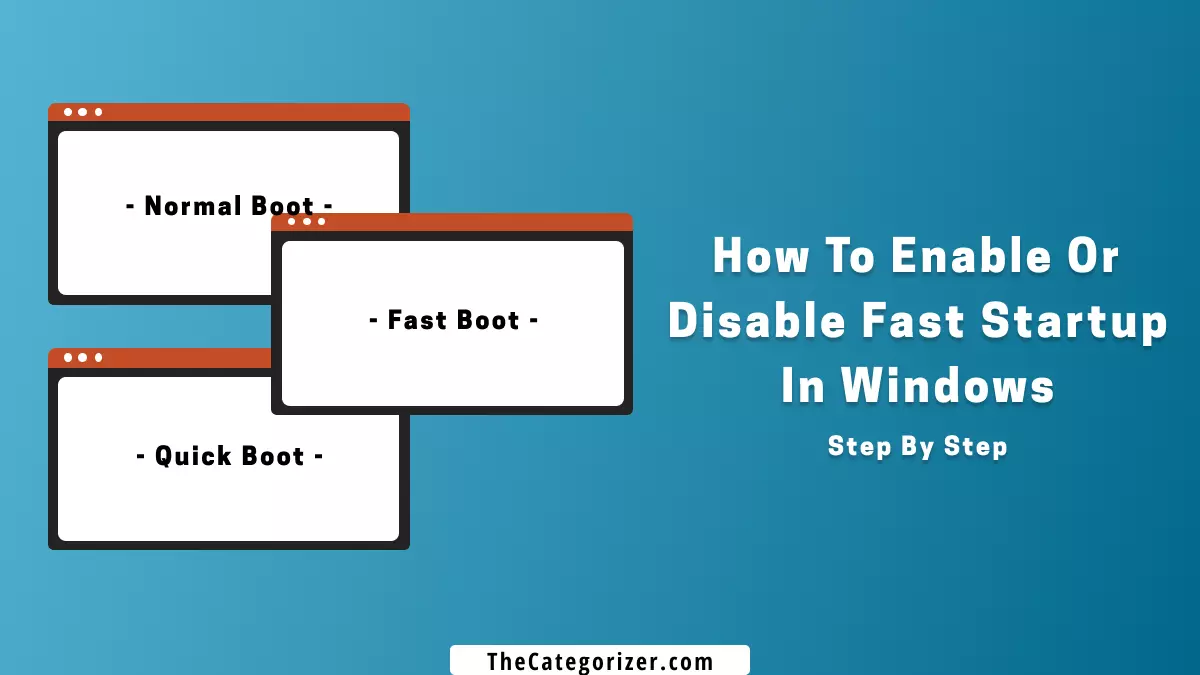Overview – SaaS
SaaS stands for Software as a Service. It is an Authorized Software Development and Deployment Model licensed on a Subscription Basis hosted in the respective servers of the provider. It is also known as Web-based software, hosted software, or on-demand software.
You would have used Software such as GMAIL for Email, ZOOM Video Conferencing, Adobe Creative Cloud, Google Docs, Microsoft Office Applications, Netflix, etc. All of these are the SaaS Products.
These are the paid software services provided by their respective companies to the customers. The customers avail the offerings within the form of digital products and pay them the costs on the premise of the offerings they opted for.

So, till now, we can conclude that SaaS is basically a way of offering the Software to users through the internet as a medium with a subscription-based model of payment without any software download.
In this article, we will get deeper to know about SaaS. By the end of this article, you will be able to understand the working of SaaS in the industries.
How Does SaaS Works?
Software as a Service is primarily based on the Subscription Business Model also called Recurring Business Model. The product and services are provided until the customer keeps paying at regular intervals.
This enhances the Lifetime Value of the Customer and retention rate, thus maintaining the cash flow within the company.
You can refer to the article by DevriX about the Business Model of SaaS Companies.

From the technical point of view, most of the time, SaaS Products are hosted on a Cloud-based platform rather than On-Premise Licensing.
However many SaaS Products such as Netflix, Uber, Spotify, etc have their respective on-premise software as well that can be downloaded from their official websites.
As compared to traditional on-premise software, the SaaS Products are much more secured as there is no need to install the software and as the SaaS Products are hosted in their own Cloud Servers, it becomes very difficult to crack the software.
SaaS Cloud Computing Solutions
Before understanding the core concepts of Software as a service, it is mandatory to grasp the key differences between Vertical SaaS and Horizontal SaaS.
Mainly there are two types of SaaS Cloud Computing Solutions: Vertical SaaS and Horizontal SaaS:
#1: Vertical SaaS
Statement: It is a subscription-based software service model that involves Micro Targeting a specific industry to satisfy their needs for individuals.
Target Audience: The Vertical SaaS usually targets Individuals to satisfy their requirements.
Example: You would have played games for sure. In the Gaming Industry, sub-niches are there – Casual Gamers, Competitive Gamers, Fantasy Gaming, and Professional E-Sports Gaming. For each gaming niche, different software/applications are required to provide streaming and hosting services. You can use refer to the article by Freshworks about SaaS in Gaming Industry.

#2: Horizontal SaaS
Statement: Type of subscription-based software service model that involves Macro Targeting a wide range of audience usually from Business to Business (B2B) irrespective of the industry and aims to provide broader services covering the sub-industries.
Target Audience: The Horizontal SaaS usually targets Businesses to satisfy the requirements.
Example: In the Marketing Industry, some sub-industries are Market Research, Content Marketing, Search Engine Marketing, Customer Relationship Management (CRM), Search Engine Optimization (SEO), Email Marketing, Public Relations (PR), etc. Software like Salesforce covers all the needs of the sub-industries in a single product.
Types of SaaS Software
#1: Finances Management System (FMS)
Statement:
Finance management is the key to achieving your life objectives.
Solution:
To help individuals and corporations, Finance Management Firms are built to offer a proper Online Finances Management System (FMS).
Software:
Zoho Books Online Accounting Software.

#2: Project Management Software
Statement:
Non-realistic organizational goals and poor management are worthless for an individual or organization.
Solution:
Project Management Software was designed and developed to assist organizations (particularly project managers) in project planning.
Software:
Trello Project Management Software.

#3: Online Payment Checkout Gateways
Statement:
Privacy is a necessity especially in terms of Online Payments for Corporations as well as for individuals.
Solution:
To perform safe online payments, payment gateway software and services are important.
Software:
Stripe Payment Platform is one of the most secure payment platforms.

#4: Online Collaboration Tools
Statement:
Collaboration among the team members plays a vital role in the success of a product by reducing the communication gaps.
Solution:
Online Collaboration Tools have come into the spotlight.
Software:
Slack is a fantastic online collaboration tool.

#5: Antivirus Protection SaaS
Statement:
Due to digitalization, security must not be compromised. If we look at the reports by Verizon, 95% of security breaches are caused by human errors and 86% of breaches were financially motivated.
Solution:
To fix the vulnerabilities, it is not feasible to appoint ethical hackers for everyone, so, the antivirus was designed and developed.
Software:
McAfee Antivirus is one of the leading companies in the antivirus industry.

Pros of SaaS
#1: Cost Reduction
The majority of SaaS companies sell their products via a subscription-based model that includes updates.
This is far better than traditional software, which involves repurchasing the software to upgrade it.
#2: Scalable and Upgradable
From a business perspective, SaaS is scalable, considering that the product is of high quality and solves problems effectively.
Customers’ expectations are rising, so the company opted for SaaS can easily enhance servers by modifying their monthly subscription, instead of consuming excessive time and investing a lot to modify their own servers.
#3: Work Flexibility with No Extra Charges
There are no restrictions on using the SaaS Application from one location to another, all you need is the username and password for your account on any supported device.
#4: Backups and Recovery
While using the SaaS application, you need not worry about regular backups as the majority of the SaaS products provide in-built backups and recovery systems without extra charges.
#5: Controlled Piracy
There is no doubt that the piracy rate has increased and as per The Software Alliance, most of the countries have unlicensed software rates of 50% or higher and the software industry has lost $46.3 billion due to piracy.
The good news is that the SaaS Products are highly secured due to high-end and hard to penetrate private servers and opting for the SaaS for companies can noticeably reduce the piracy rates.
#6: Easy Integration
Back in the days when SaaS was a newer concept, many problems were faced in terms of integrating different SaaS Products, but now products are comparatively much easier to integrate as most of the products require a single API (Application Programming Interface) key.
Cons of SaaS
#1: Server Outages
Since the SaaS Applications are hosted on outsourced servers managed by 3rd Party Hosting Providers, it is important that the Hosting Providers ensure 100% Uptime otherwise the users might face website connectivity issues, thus reducing the User Experience.
#2: Browser Incompatibility
Since the SaaS Products work on the browser, due to cross-browser compatibility issues and bugs, users might face issues.
#3: Performance Issues
Running an Application on a browser overuses the RAM as compared to Desktop Application
#4: Privacy Conflicts
SaaS Products are not much secured as compared to traditional on-premise software. The SaaS Product-Based Companies are facing issues to comply with GDPR Guidelines and Data Protection Act 2018.
#5: Security Issues
Security is all about Layering and hardening the servers. SaaS Companies outsource the hosting services and total control over the server depends on hosting, so keeping the servers secured relies totally on the outsourced Hosting Provider.
IaaS vs PaaS vs SaaS?
You know what!
SaaS, PaaS, and IaaS are three categories of Cloud Computing.Don’t get confused.
All three of them are different from one another. Let’s see how.
IaaS: It refers to Infrastructure as a Service. It offers services such as Database Management, Web Hosting Solutions, Storage, Data Analysis, etc. Some examples of IaaS vendors are Amazon Web Services, Google Drive, etc.
PaaS: It refers to Platform as a Service. It offers Computing Assets such as Server Management, App Deployment, etc. Some examples of PaaS Vendors are Sap Cloud, Red Hat Overshift, Microsoft Azure, etc.
SaaS: It refers to Software as a Service. It offers services to the users on a subscription basis such as Video Calling Services, CRM Solutions, PR Management, etc. Some SaaS Vendors are Udemy, Netflix, etc.
Future of SaaS
Since 1999, when salesforce launched its first CRM Software as SaaS Solution, the SaaS Industry is booming rapidly each passing year.
As per Globenewswire’s Global Market Report 2021, the SaaS market is expected to reach $436.9 billion in 2025 at a Compound Annual Growth Rate (CAGR) of 12.5%.
Once Artificial Intelligence (AI) and Machine Learning (ML) are totally integrated with SaaS, the market size will increase more rapidly.
Related Articles
Manage Windows Optional Features – This article was beginner-friendly on an advanced topic SaaS. If you liked it, then you would probably like to know about advanced optional features in Windows.


